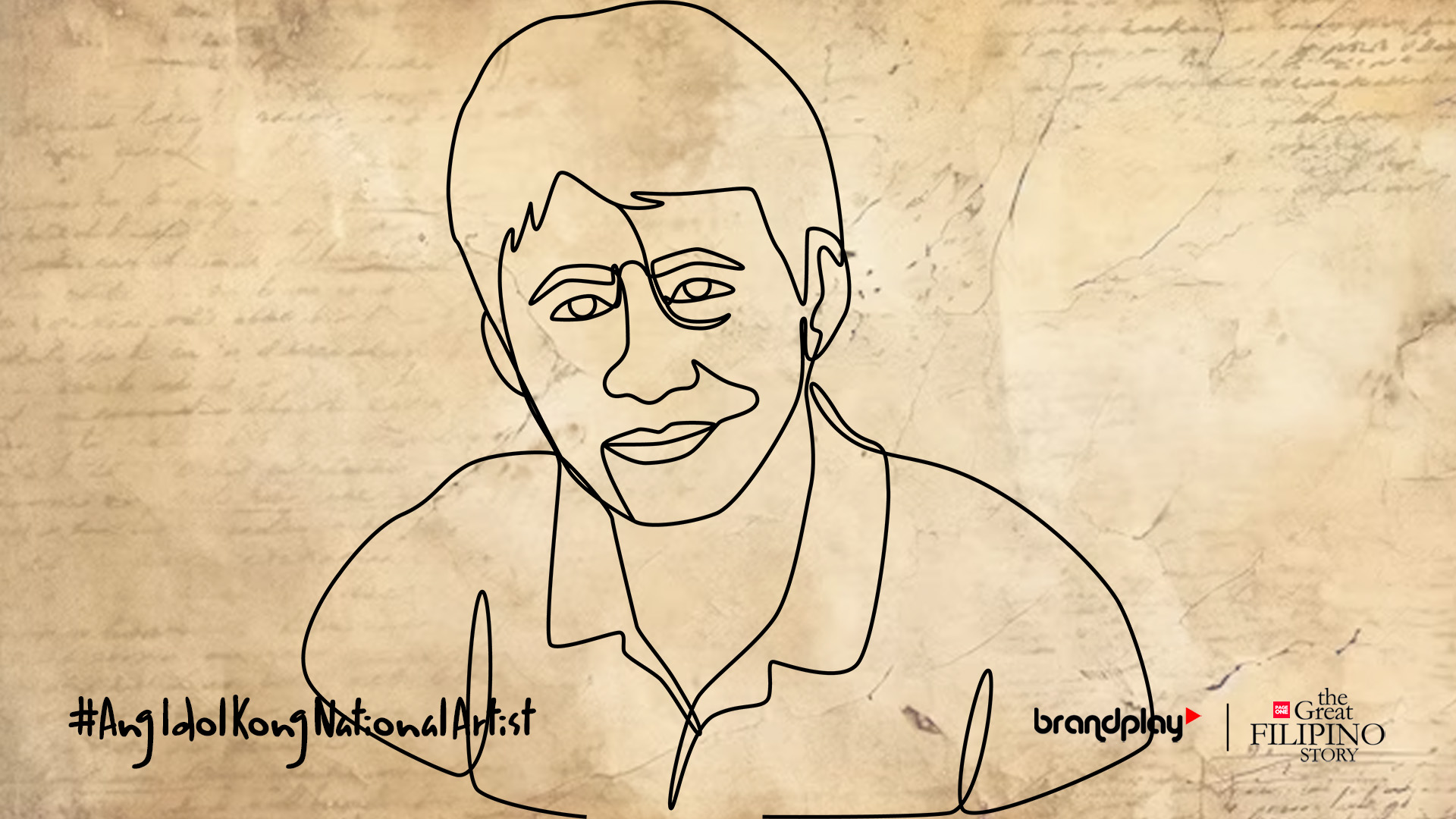While art is mostly used to highlight the tranquility and beauty of life, National Artist for Visual Arts Ang Kiukok diverted to using art to emphasize the importance of disturbing subject matters. He often portrayed screaming figures and people in miserable poses using a geometric art style because he once stated, “Why not? Open your eyes. Look around you. So much anger, sorrow, ugliness. And also madness.”
Ang Kiukok was born on March 1, 1931, in Davao Province, Philippines to Vicente Ang and Chin Ling who were immigrants from Xiamen, China. His initial appreciation for art began when he studied calligraphy in a Chinese school in Davao. Ang, who was mainly inspired by the paintings of Chinese painter Qi Baishi, learned to use Chinese ink and brush painting methods efficiently and oftentimes did traditional brush paintings. After the Second World War, his family migrated to Cotabato wherein Ang made movie billboards. He moved to Manila to further pursue formal art studies at the University of Santo Tomas in 1952. During that time, he was mentored by the likes of Vicente Manansala, Victoria Edades, Diosdado Lorenzo, Jose Garcia Llamas, Carlos “Botong” Francisco, Galo Ocampo, Virginia Ty, and Francesco Monti. Due to financial constraints, he was forced to stop his studies in 1954.
It was when Ang won a third prize award for his work “Calesa” at the Shell National Students Art Competition in 1953 that he achieved his first formal recognition. His fame continued through his prized paintings including “Still Life” (1951), “The Bird” (1959), “Fish” (1963), “Geometric Still-Life Fish” (1963), and “Still Life in Red” (1963), all of which received awards from the Art Association of the Philippines.
Ang’s popularity in the Philippines reached greater heights when his distinct art style that blended surrealism, cubism, and expressionism came into the attention of local art critics in the 1960s. In 1965, he traveled to New York with Manansala where he was further influenced by American abstract art. When he returned to the Philippines, his art technique transformed into what is now known as his signature artistic style: expressionist art mainly revolving around themes of misery, anger, and suffering.
His appreciation towards the act of reflecting the social issues of his period was also a major influence in his paintings. During Ferdinand Marcos’ regime, many of Ang’s most gruesome artworks came to existence such as “Man and Dog” (1978) and “Cockerel” (1976) and were believed to be commentaries on the oppressive atmosphere of Marcos’ martial law.
Throughout the 1970s, Ang garnered numerous recognitions in the Philippines. He received the Patnubay ng Sining at Kalinangan Award from the City of Manila in 1976 and the “Outstanding Alumnus” award from the University of Santo Tomas in 1978. Ang’s painting “Modern Angst” (1980) was a finalist in the Mobil Art Awards in 1980. Many of his works were featured in exhibitions in Manila, Taiwan, Singapore, Japan, Netherlands, United States, and Canada and are still being exhibited at the Philippine National Museum, Ateneo Art Gallery, Cultural Center of the Philippines, and the National Historical Commission in Taipei. Ang was also a frequent participant in social and political movements held in the Philippines such as Kabataang Makabayan, an underground communist youth organization which was active from 1964 to 1975, where he expressed using art as a tool for change.
In 2001, the Presidential Proclamation No. 32, s. 2001, officially declared Ang as a National Artist for Visual Art. His ceremonial conferment was held on June 11, 2001. When Ang passed away at the age of 74 in Quezon City due to prostate cancer, it was reported that he and fellow National Artist Fernando Amorsolo were the most widely bidded after Filipino painters in auctions. After all, Ang proved that art not only excels in capturing the beauty of human joy and peace but also the afflicted emotions of the socio-political landscape of the Philippines.





















